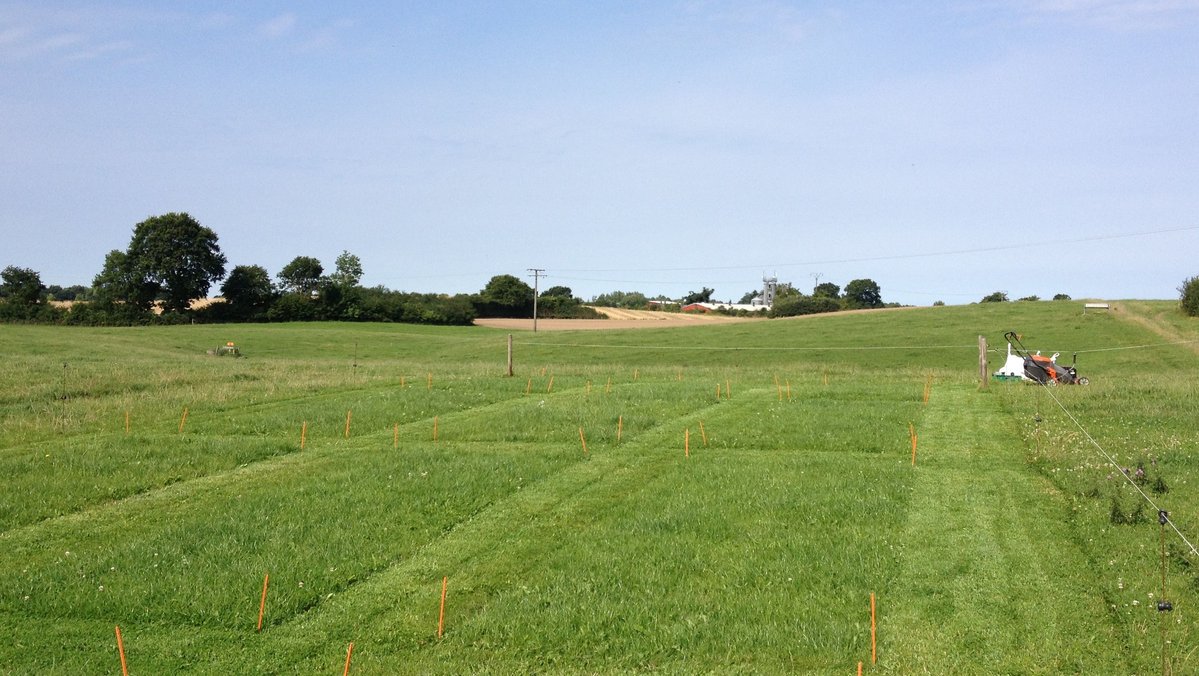Project description
In recent decades, the feed basis for milk production has changed significantly both in Schleswig-Holstein and nationwide. The traditional grazing of dairy cows has increasingly been replaced by intensive stall rearing, in which mainly grass and maize silage and concentrated feed are used. As a result of this change, there is a lack of a sound and scientifically validated data basis for evaluating pasture performance in Schleswig-Holstein.
The aim of the operational group was to close the knowledge gaps with regard to pasture management and to record the performance potential, in particular yield and feed quality.
The ‘Smart Grazing’ model was to be developed on the basis of the data collected. This model, in combination with the forecasts of the German Weather Service, provides agricultural businesses with so-called ‘real-time data’ on current growth rates and forage quality.
The results show that Schleswig-Holstein is a ‘favourable region’ for grazing and that the high yield potential should be exploited.
These and other results can be found in the practice sheet and in the final report.




